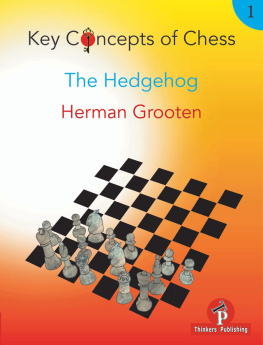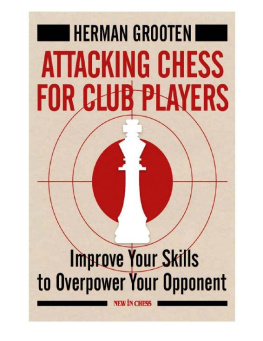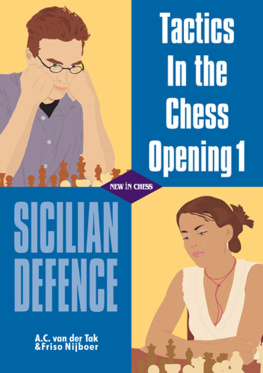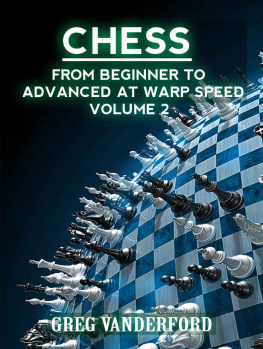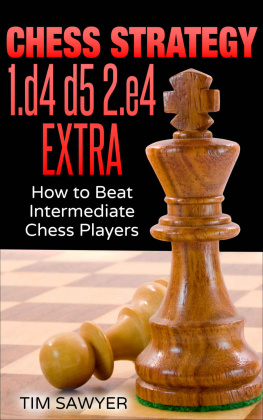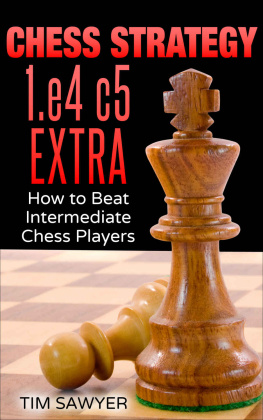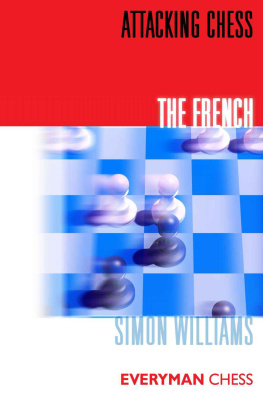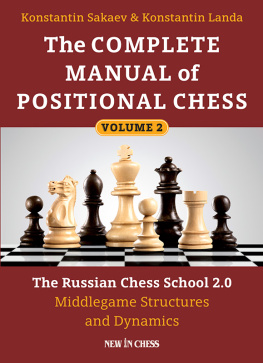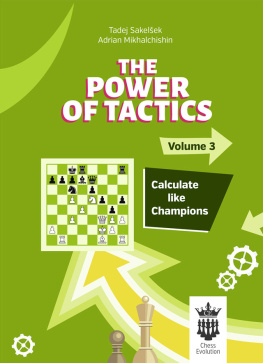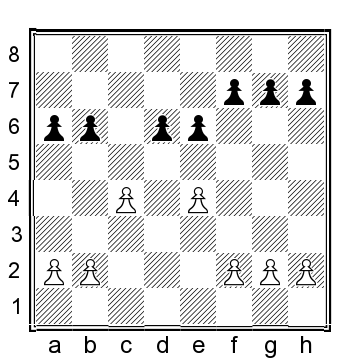Contents
Key Concepts in Chess 1
The Hedgehog
by
Herman Grooten
Thinkers Publishing 2021

www.thinkerspublishing.com
First edition 2021 by Thinkers Publishing
Copyright 2021 Herman Grooten
All rights reserved. No part of this publication may be reproduced, stored in a retrieval system or transmitted in any form or by any means, electronic, mechanical, photocopying, recording or otherwise, without the prior written permission from the publisher.
All sales or enquiries should be directed to Thinkers Publishing, 9850 Landegem, Belgium.
Email: info@thinkerspublishing.com
Website: www.thinkerspublishing.com
Managing Editor: Herman Grooten
Assistant Editor: Daniel Fernandez
Proofreading: Daniel Vanheirzeele
Software: Hub van de Laar
Cover Design: Iwan Kerkhof
Graphic Artist: Philippe Tonnard
Photo Cover: Tommy Grooten
Photos: Frans Peeters and Jos Sutmuller
Production: BESTinGraphics
ISBN: 9789464201253
D/2020/13730/42
Symbols used:
! | strong move |
? | weak move |
!! | brilliant move |
?? | blunder |
!? | interesting move |
?! | dubious move |
only move |
= | equal position |
unclear position |
compensation for lost material |
White is slightly better |
Black is slightly better |
White has a clear advantage |
Black has a clear advantage |
+ | White has a decisive advantage |
+ | Black has a decisive advantage |
with an attack |
with the initiative |
with counterplay |
with the idea of... |
better is... |
N | novelty |
# | checkmate |
+ | check |
Next to most diagrams you will find a small box. The colour of the box indicates which side is to move in that position.
Bibliography
Megadatabase Chessbase
Schach fr Igel Magnus Georg Grabitz
Explanation of visual aids
In this book we will regularly make use of various types of visual aids. As a chess coach I have observed the impact that these can have on students understanding.
This means that my diagrams will feature arrows (to indicate the specific manoeuvres that one or both sides would like to execute) as well as highlighted squares or pieces which are the ones being targeted in a more general sense.
(clickable diagram)
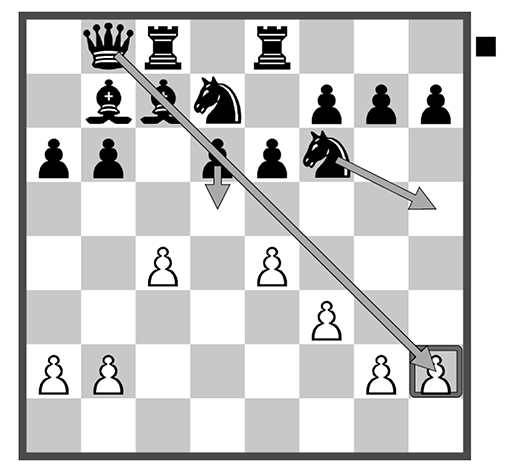
Our software developer Hub van de Laar has found ways to illustrate the visual aids in the book so that the positions can be understood at a glance. In the diagram above we can immediately see what Blacks intentions are, as well as the weapons that are present in his arsenal. The position shows us one of the standard concepts of the hedgehog.
We will not be using letters to denote chess pieces (as these might not be familiar to non-native English speakers) but rather the figurine symbols, as follows:
Chess piece | Letter | Figurine |
King | K | K |
Queen | Q | Q |
Rook | R | R |
Bishop | B | B |
Knight | N | N |
Pawn |
Foreword
A new series? Absolutely! The idea for this came while writing the books in my other series Understanding before Moving at Thinkers Publishing. This series covers the backgrounds of openings. In order to discuss the ideas of certain opening variations, I couldnt help but explain the plans and concepts of certain middlegame situations in relation to their typical pawn structures. Before you know it, youre already going pretty deep into the stereotypical maneuvers that go with those middle games. Since the books are primarily about the opening itself, I was limited to only giving basic explanations. Somehow this grated on me if, for example, a position with an isolated pawn or the so-called hanging pawns had arisen, why couldnt I say much more about it? What about the exchange sacrifice on c3 in the Sicilian, wasnt the explanation in the discussion of the compensation of this exchange sacrifice too brief? And so, as I was writing, more cases came to mind in which I thought: am I not doing the reader an injustice by not recording what I know?
I decided to make a list of middlegame topics that I came across in the books on openings that perhaps could be better, or at least elaborated further on. As a chess trainer, I was always constructing teaching material on the middle game. This was initially intended for the top youth in the Netherlands, whom I often took under my wing. Given the high level of many of these youth players, I had to look for striking, well crystallized examples and corresponding processing. On the one hand these were tactical assignments, strategic tasks, blind exercises; on the other, positions that they could play out among themselves or in a simultaneous game against the trainer, after which the game fragments were analyzed together. Later my activities shifted more and more to the growing group of club chess players who also needed chess training. In the past forty odd years I have developed training materials on several levels that may be of interest to club level players worldwide.
That is why I decided to put these kinds of topics into book form as well. Although some of these topics have also been the subject of books, I hope to add value with a clear structure and a sophisticated selection of instructive examples.
The subject of this first book is the hedgehog system. This is for two reasons. When I was working on my book Understanding before Moving Volume 3 Part 2, the Taimanov, Kan & Richter Rauzer, I could not avoid also cobbling together a separate Chapter on the hedgehog System.
Because of the length of the chapter and in order not to lapse into lengthy explanations I limited myself to what was purely necessary. However, because of that, certain elements were left out.
The second reason for putting this book together is that the hedgehog system is special to me. After my first introduction, I immediately became hooked on this trench work. Attempting a breakout at an unexpected moment after hiding patiently on your first three ranks appealed to me. What I did not get around to with the Sicilian Hedgehog, of course, are the positions that arise from various other openings, including the flank openings and variants from, for example, the Queens Indian and the Nimzo Indian. The strongest players in the world have the hedgehog in their repertoire simply because the underlying tensions in the position are ideally suited to playing black for a win.
Next page
